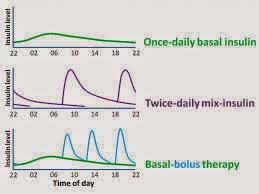Pericarditis ECG signs
Immediate ECG changes (stage1) Widespread, saddle shaped ST elevation (except AvR and lead 1) PR interval depression (except AvR and lead 1) Reciprocal changes in lead 1 and AvR. Sinus tachycardia due to pain or effusion. (taken from: http://cdn.lifeinthefastlane.com/wp-content/uploads/2011/03/V5-pericarditis.jpg) 1-3 weeks (stage 2) Flattened T waves, no ST elevation or PR interval depression. 3- several weeks (stage 3) Inverted T waves several weeks + (stage 4) ECG returns to normal *not all patients go through the later stages of ECG changes. http://lifeinthefastlane.com/ecg-library/basics/pericarditis/ (this is a brilliant site!) http://emedicine.medscape.com/article/156951-overview



